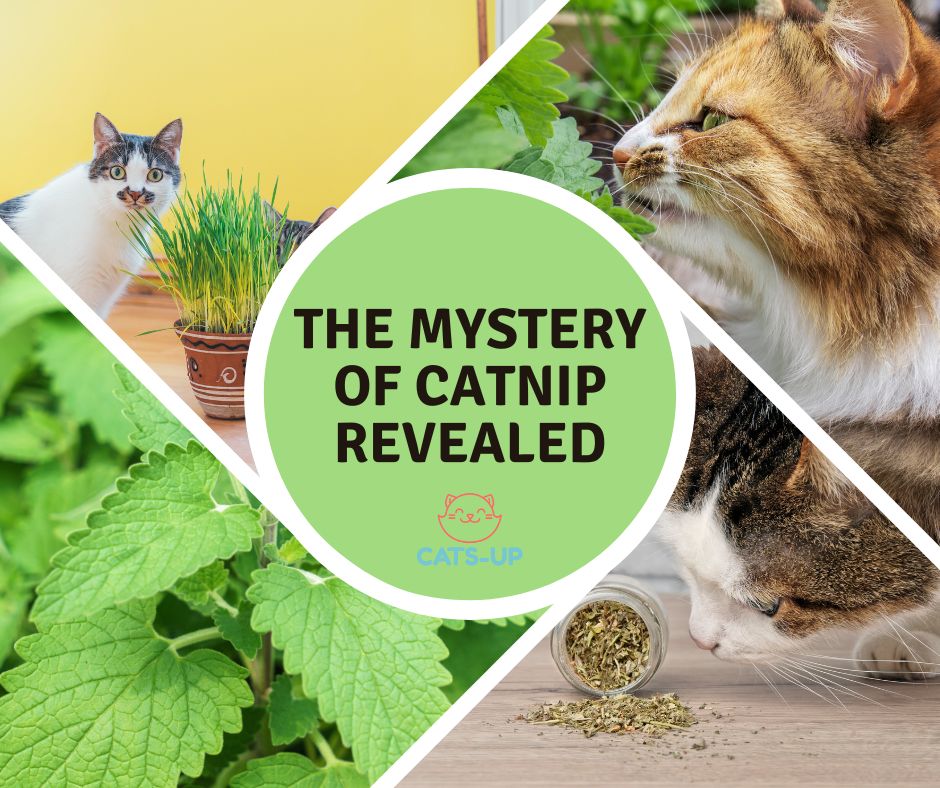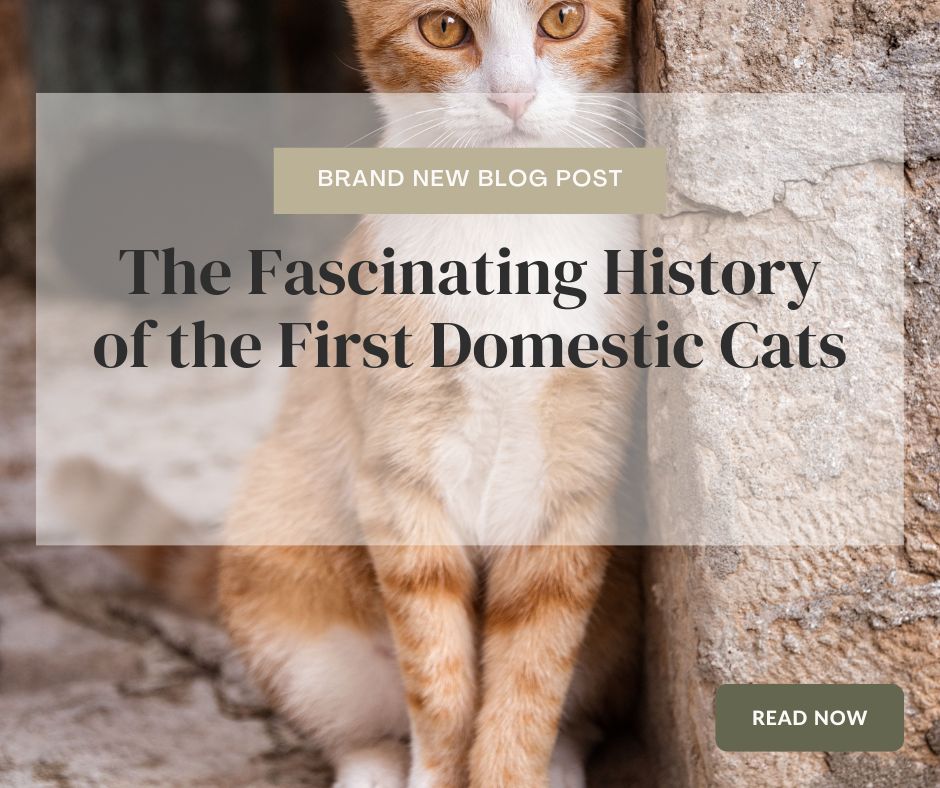Cat Behavior Explained: Unlocking the Mysteries of Feline Companions

Cats have been our companions for thousands of years, yet their behaviors often remain enigmatic to us. From the aloof demeanor to the mesmerizing purrs, understanding the intricacies of cat behavior can deepen our bond with these fascinating creatures. In this blog post, we will delve into the mysteries of cat behavior, shedding light on their instincts, communication methods, and the science behind their quirky habits.
1. The Purring Enigma:
Purring is perhaps one of the most soothing sounds a cat can produce, but its purpose is not always clear. While we often associate purring with contentment, cats may also purr when injured or stressed. According to a study published in Current Biology, researchers found that the frequency of purring can have a therapeutic effect on cats, promoting the healing of bones and tissues. Understanding the nuanced reasons behind purring can help cat owners respond more effectively to their feline friends.
(Citation: McComb, K., Taylor, A. M., Wilson, C., & Charlton, B. D. (2009). The cry embedded within the purr. Current Biology, 19(13), R507-R508.)
2. The Language of Tails:
A cat's tail is a powerful communication tool. From expressing happiness to conveying annoyance, a cat's tail movements can provide valuable insights into its mood. Research conducted by animal behaviorists suggests that the position and movement of a cat's tail are linked to its emotional state. Learning to interpret these subtle signals can enhance the human-cat relationship and help prevent misunderstandings.
(Citation: Overall, K. L. (2013). Manual of Clinical Behavioral Medicine for Dogs and Cats. Elsevier Health Sciences.)
3. Hunting Instincts:
Even the most pampered house cats retain their innate hunting instincts. This behavior is deeply rooted in their evolutionary history as hunters and predators. A study in the journal Animal Cognition highlights that play serves as a crucial outlet for these instincts, allowing cats to hone their hunting skills and maintain physical and mental well-being. Providing stimulating toys and engaging in interactive play can satisfy these natural instincts while promoting a healthy lifestyle for indoor cats.
(Citation: Bradshaw, J. W. S., Horsfield, G. F., & Allen, J. A. (1999). Feral cats: Their role in the population dynamics of Felis catus. Applied Animal Behaviour Science, 65(3), 273-283.)
4. The Mystery of Catnip:
Catnip, a member of the mint family, induces a euphoric reaction in many cats. The compound responsible for this reaction is nepetalactone, which binds to receptors in a cat's nasal tissue, triggering a temporary behavioral change. The response to catnip is hereditary, with sensitivity often inherited. While the effects are harmless and temporary, the reasons behind this peculiar attraction remain a subject of ongoing research. Read more about catnip
(Citation: L. A. H. Tait, J. Hernández-Ortiz, P. C. Holekamp, & M. J. Duxbury. (2016). Catnip repels aphids, plant lice and cockroaches. Entomologia Experimentalis et Applicata, 159(3), 235–246.)
Conclusion:
Cracking the code of cat behavior adds a layer of richness to the relationship between humans and their feline companions. From decoding purrs to understanding tail language, our appreciation for these mysterious creatures deepens as we unveil the science behind their behaviors. As we continue to explore and learn, the bond between cats and their human counterparts evolves, making every interaction with our feline friends a journey into the captivating world of cat behavior.








Leave a comment